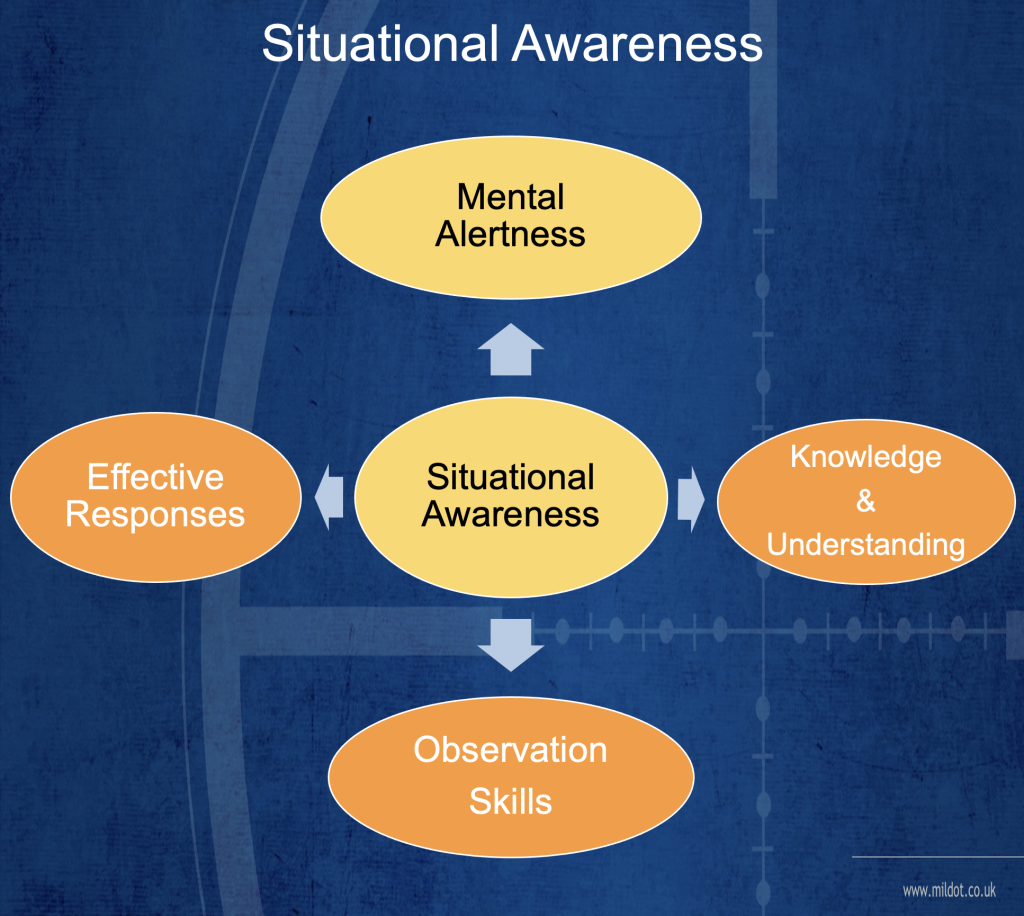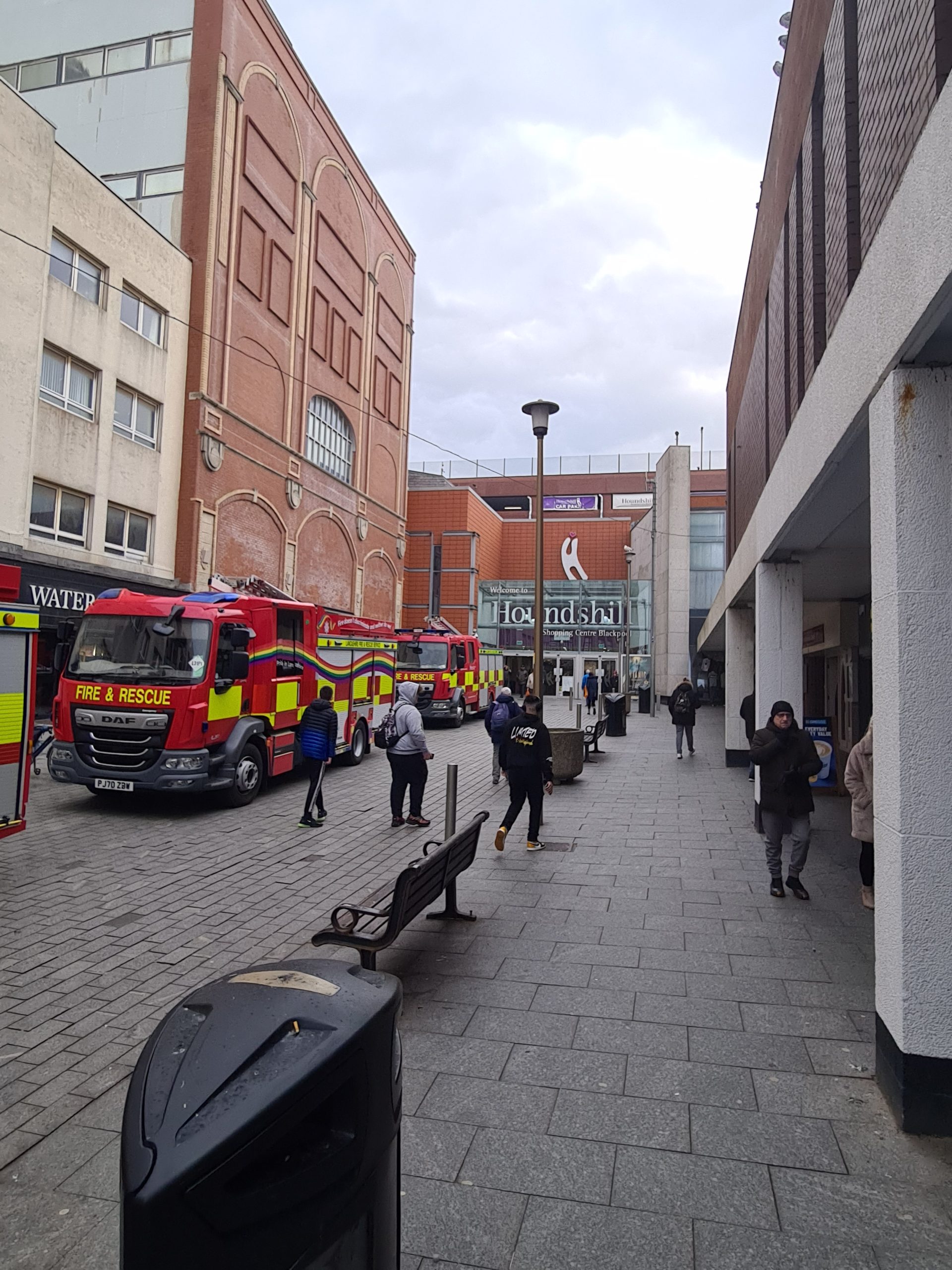Situational Awareness & Behavioural Observation
The Usable Basics
Business Mitigation for Terrorism & Violent Crime

Table of Contents
Introduction
Who currently uses it and who should use it.
Mental Alertness.
Foreknowledge.
Behavioural Observation.
What can Situational Awareness do for the workforce.
Emergency Services Response Gaps.
Workplace Toolbox Talks.
Conclusion.
About the author
Excerpt
Situational awareness among staff serves as a well-established enhancement for security & safety management within organisations. Training providers often emphasise its significance by highlighting its role in cultivating an understanding of contemporary threats, fostering awareness of one’s environment, and enabling individuals to assess whether any person or object in their vicinity poses a potential threat to their safety.
Achieving situational awareness necessitates the integration of two essential elements: Mental Alertness and Foreknowledge. Mental alertness is crucial because without it, possessing knowledge alone becomes inconsequential. Many individuals tend to remain confined within their immediate surroundings without considering the broader context.
While situational awareness isn’t the sole solution for staff and personal safety, it represents a significant stride towards enhancing both organisational resilience and an individual’s capacity to respond effectively.
This resource offers a concise overview and practical insights into the fundamental aspects of situational awareness & observation skills. Instead of delving into exhaustive detail under specific headings, it focuses on identifying the essential components necessary for enhancing staff awareness and establishing a cost-effective force-multiplier system.
To view this content enter your membership login details.
Or, Click this link to gain access to all the premium resources for £49.50





